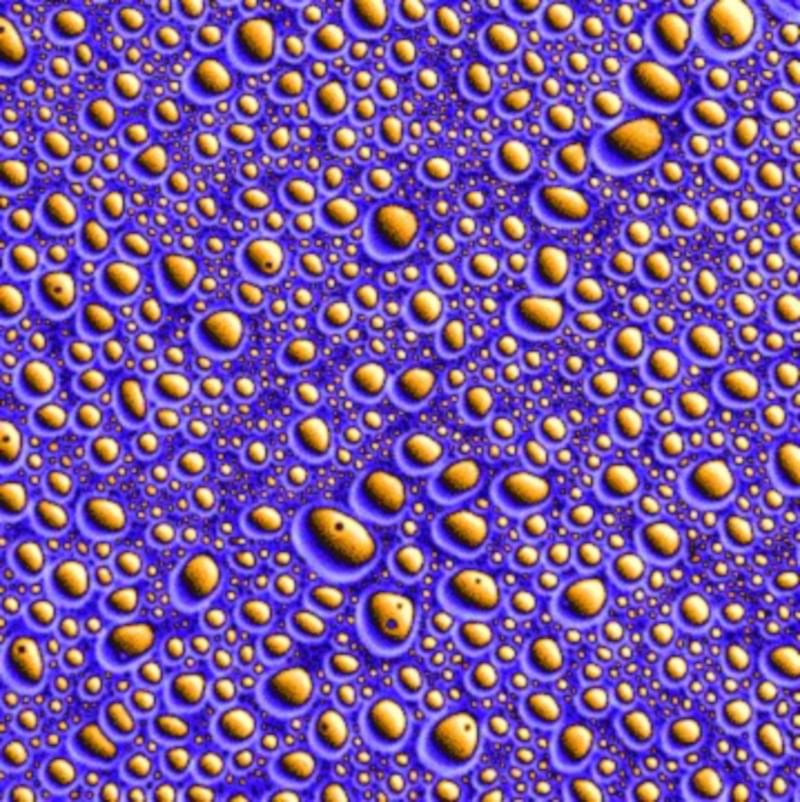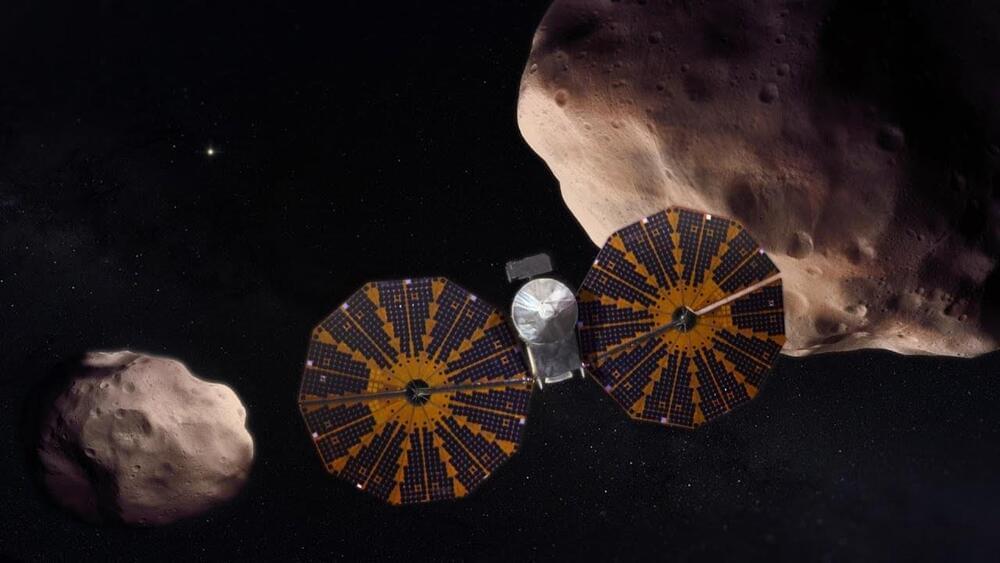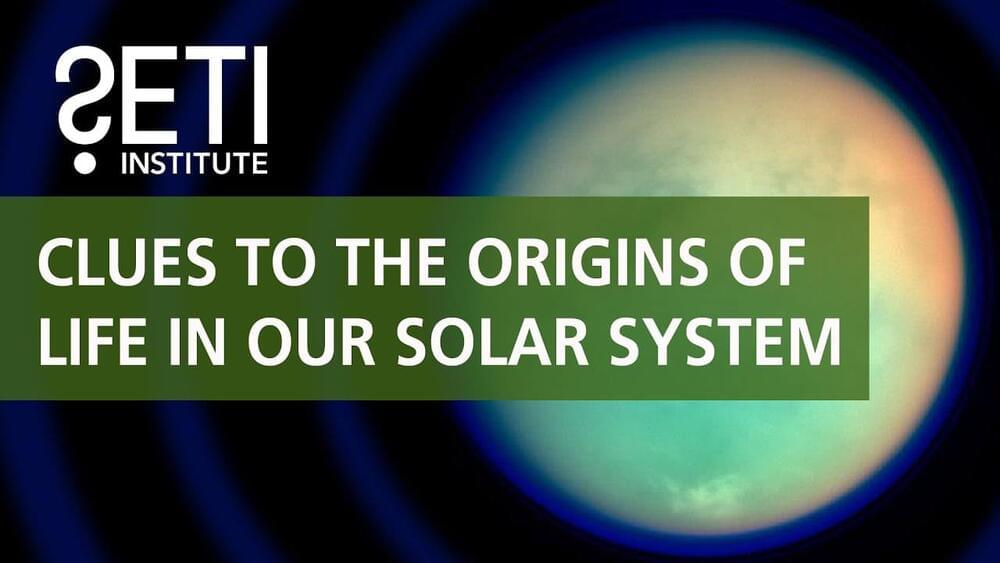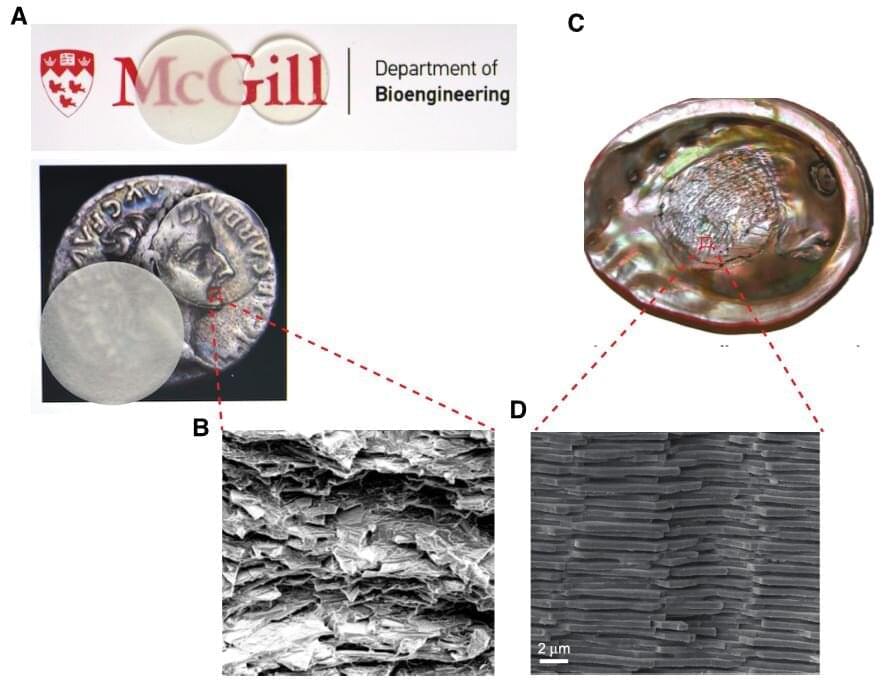What do you think Chris Smedley.
⭐️ Join our Discord server! https://discord.gg/AYcSYdTBFG
🔴 YOU WANT TO SUPPORT THIS CHANNEL? 🔴
🤗 One-Time Donation?
- PayPal: https://paypal.me/JS2TheFuture.
- Bitcoin: bc1qv4lsfsplvfecrrgvmfclhga28we7mvh9563xdj.
🔗 Share the video with anyone who might be interested (it helps a ton!)
👍 Subscribe to our videos FOR FREE:
😏 Tired of YouTube? Then watch ALL our videos on Odysee: https://bit.ly/37yZEKY
CREDIT & A BIG THANK YOU TO:
🙏 Excellent music from Edgaras Žakevičius aka “Stellardrone”. He is an extremely talented musician who produces beautiful space ambient music for free.
🙏 Excellent music tracks from Harris Heller via Streambeats:
https://www.youtube.com/c/StreamBeatsbyHarrisHeller/videos.
🙏 SpaceXvision’s SpaceX animations & Patreon: https://www.patreon.com/SpaceXvision.
🚀 Interested in the Falcon rocket models in the background?









